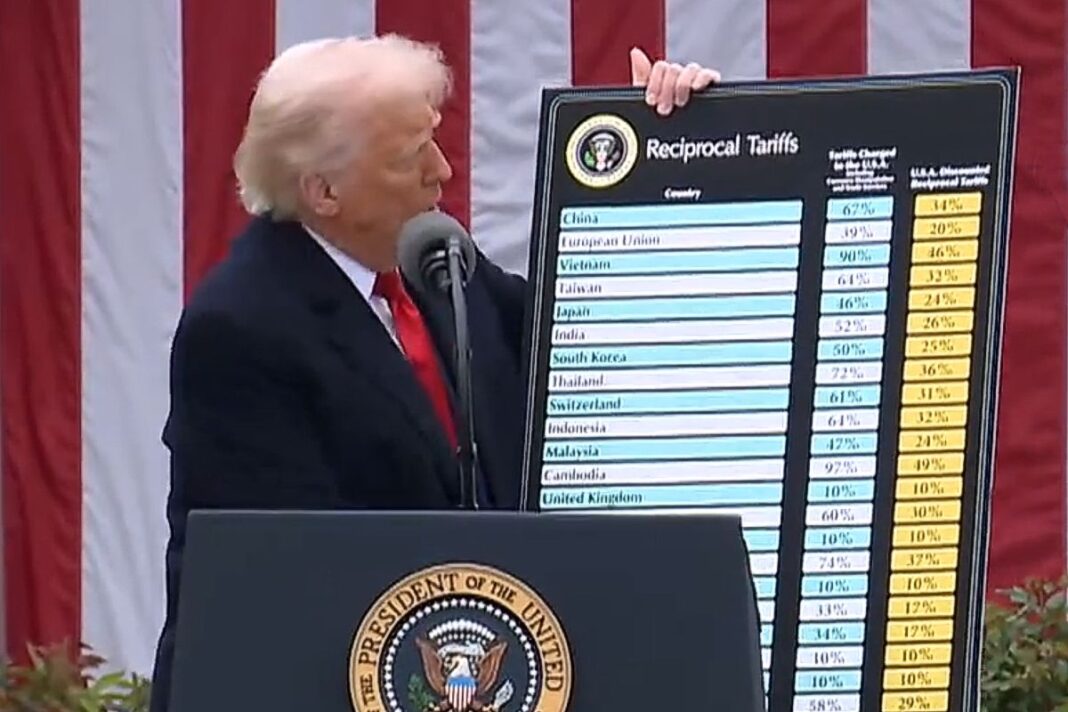The move expands on a policy previously targeting low-value imports from China.
The United States is ending its de minimis exemption globally, extending a recent policy that previously targeted low-value imports from China and Hong Kong.
President Donald Trump on July 30 signed an executive order suspending the duty-free treatment of low-value commercial shipments from all countries into the United States. The order effectively ends the global application of the longstanding de minimis trade exemption.
In a statement, the White House said the move closed a “catastrophic loophole used to, among other things, evade tariffs and funnel deadly synthetic opioids as well as other unsafe or below-market products that harm American workers and businesses into the United States.”
The order expands on a policy enacted in May, closing the exemption on imports from China and Hong Kong. According to the order, beginning on Aug. 29, all goods imported into the United States valued at $800 or less will be subject to applicable tariffs and customs duties, regardless of their origin.
According to Customs and Border Protection figures, more than 1.3 billion de minimis shipments, more than 4 million parcels each day, entered the country in 2024.
“The volume of de minimis shipments, even from countries that historically have not been the primary source of de minimis abuse, has skyrocketed this year, with 309 million so … through June 30, compared to 115 million for all of FY24,” the White House statement reads.
Under the new policy, packages arriving through international courier services will be treated the same as larger shipments and will no longer qualify for automatic duty-free entry. For shipments sent through the international postal network, duties will be calculated either as a percentage of value based on country-specific tariff rates or through a fixed-fee model ranging from $80 to $200 per item, depending on origin.
That specific-duty option will only be available for six months, after which all low-value packages must be assessed using the percentage-based approach.







